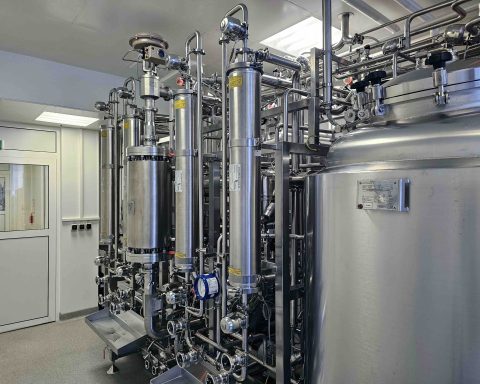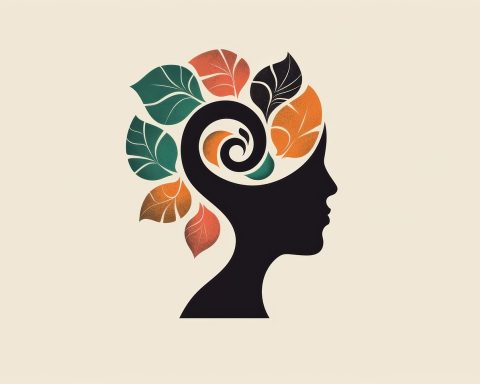The administration of immediate care to an injured or acutely ill patient before the arrival of a physician or advanced life support (ALS) unit and transport to either a physician’s office orhospital emergency department is referred as first aid.
First aid treatment in an emergency is intended:
- to preserve life and stop the victim’s condition from deteriorating
- to help recovery and save the victim from further harm
- to make the casualty as comfortable as possible and reassure him/her and the family
- to assess the events surrounding the illness or accident so that relevant facts can be given to a doctor, nurse or paramedical staff
No ill or badly injured person should be moved without skilled assistance – especially if a neck or spinal injury is suspected – unless the individual’s life is in immediate danger from the surroundings (e.g. a fire). However, first aid is not a substitute for definitive care.
A first aid box containing necessary equipments is essential in home, factory, and corporate house and even in your car. A usual first aid kit should include sterile adhesive bandages in assorted sizes, four to six 2/4-inch sterile gauze pads, hypoallergenic adhesive tape, three triangular bandages, three rolls of 2-inch sterile roller bandages, three rolls of 3-inch sterile roller bandages, scissors, tweezers, a needle, moist towelettes, antiseptic (cream and/or liquid), thermometer, two tongue depressors, a tube of petroleum jelly or other lubricant, assorted sizes of safety pins, cleansing agent and/or soap, a medicine dropper, two pairs of latex gloves, and sunscreen etc. Moreover, you could see the new British standard (BS 8599-1:2011) for first aid kits in the workplace.
In this science blessed modern world, there are a lot of new innovative first aid supplies and equipment that could be added in a first aid box. Let’s see, few innovations for first aid treatment of bleeding.
Bleeding may occur from arteries, veins or capillary beds. The former is easily recognised as the blood tends to spurt from the wound at the same rate as the pulse; with the latter two types the blood tends to flow from the wound. Although minor bleeding is usually treated by application of bandages but major haemorrhage is tough to control primarily from home. Author found a number of solutions of this problem on boundtree.co.uk.
But how could haemorrhage be controlled in combat situations? The Combat Application Tourniquet (CAT) is a small and lightweight one-handed tourniquet that completely occludes arterial blood flow of an extremity in the event of a traumatic wound with significant haemorrhage. True circumferential pressure is provided to the extremity via the windlass system with a free moving internal band that the CAT incorporates. Once tightened, the windlass is locked in place when bleeding has ceased. The CAT also has a Velcro Windlass Strap for further securing of the windlass during patient transport.
Anyone wishing to become proficient at first aid should attend a course run by a reputable organisation such as the British Red Cross, St John Ambulance Australia, and American Heart Association. Knowledge of first aid can be of great practical value whether at home, at work or when travelling. On occasions its prompt application may save someone’s life or lessen the potential harm of an accident.
Want to see more innovative products that could be added in your list, you might visit BoundTree Medical – First Aid Equipment Suppliers.







